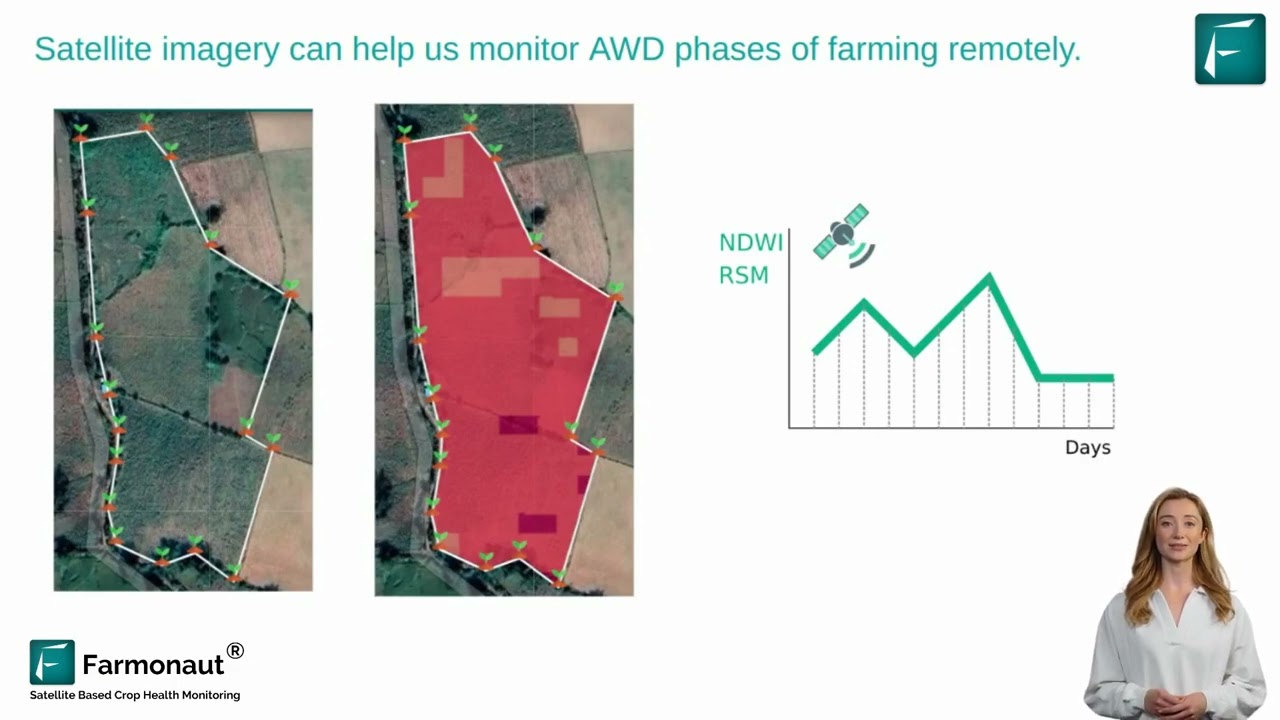Air Traffic Control Crisis: Staffing Shortages and Safety Concerns in Melbourne’s Aviation Industry
“Air traffic controllers make split-second decisions coordinating airspace for thousands of flights daily, requiring extensive training and situational awareness.”
In the wake of a tragic incident near Washington D.C., we find ourselves compelled to examine the critical challenges facing the air traffic control industry, with a particular focus on Melbourne’s aviation sector. This comprehensive analysis delves into the complexities of air traffic management, the impact of understaffing, and the urgent need for improved training and retention strategies.
The Incident that Shook the Aviation World
On a fateful Wednesday night, a passenger jet collided with a military helicopter while attempting to land at Ronald Reagan National Airport, resulting in the loss of 67 lives. This devastating crash has brought to light significant issues within the air traffic control system, particularly the problem of understaffing.
A subsequent Federal Aviation Administration (FAA) report revealed a shocking detail: at the time of the crash, one air traffic controller was performing the duties typically assigned to two controllers. This revelation has sent shockwaves through the industry and raised serious questions about the safety of our skies.

The High-Pressure Role of Air Traffic Controllers
To understand the gravity of the situation, we must first appreciate the demanding nature of the air traffic controller’s role. Margaret Wallace, an assistant professor at the Florida Institute of Technology specializing in air traffic control and airport management, provides valuable insights into this high-stakes profession.
Air traffic controllers are responsible for:
- Orchestrating the movement of aircraft
- Managing communication with pilots regarding traffic loads
- Making critical decisions about take-offs and landings
- Maintaining exceptional situational awareness
- Anticipating aircraft actions and potential conflicts
The pressure on these professionals is immense. They must possess sharp memory skills to continuously track multiple aircraft simultaneously while formulating plans of action. Moreover, they need to remain adaptable to rapidly changing conditions, a skill that becomes even more crucial during emergencies.
The Challenges of Air Traffic Controller Training
Becoming a professional air traffic controller is no small feat. The extensive training required spans two to five years, emphasizing the complexity and responsibility of the role. This rigorous process aims to equip controllers with the necessary skills to handle the high-pressure environment of air traffic management.
Key aspects of air traffic controller training include:
- Developing strong problem-solving skills
- Enhancing situational awareness
- Learning to make split-second decisions
- Mastering communication with pilots and other controllers
- Understanding complex air traffic control technology
Despite this comprehensive training, the reality of emergency situations can be vastly different from simulations. As Wallace notes from her personal experience as an Air Force air traffic controller, chaotic emergencies often involve multiple simultaneous events, requiring controllers to react swiftly and effectively without the luxury of pausing to think.
The Staffing Crisis in Air Traffic Control
“The air traffic control industry faces critical staffing shortages, with an aging workforce and mandatory retirement contributing to high turnover rates.”
One of the most pressing issues facing the aviation industry is the persistent shortage of qualified air traffic controllers. This shortage is attributed to several factors:
- An aging workforce
- Mandatory retirement age of 57
- High turnover rates
- Limited retention of skilled professionals (typically 25-30 years)
The impact of this staffing crisis is far-reaching, affecting airports across the globe, including Melbourne. The shortage puts additional stress on existing controllers, potentially compromising safety and efficiency in air traffic management.
The Melbourne Perspective: Challenges and Solutions
While the recent incident occurred in Washington D.C., it serves as a wake-up call for aviation hubs worldwide, including Melbourne. As one of Australia’s busiest airports, Melbourne faces its own set of challenges in air traffic control and airport management.
Key issues facing Melbourne’s aviation industry include:
- Increasing air traffic volume
- Staffing shortages in air traffic control
- Need for modernization of air traffic control technology
- Balancing safety measures with operational efficiency
To address these challenges, Melbourne’s aviation authorities are exploring various solutions:
- Enhancing recruitment efforts for air traffic controllers
- Improving retention strategies through better work conditions and benefits
- Investing in advanced air traffic control technology
- Collaborating with educational institutions to promote careers in aviation
- Implementing more rigorous safety protocols and emergency response training
These initiatives aim to strengthen Melbourne’s air traffic control system and ensure the safety of its growing aviation sector.
The Role of Technology in Modern Air Traffic Control
As we navigate the challenges of staffing shortages and increasing air traffic, technology plays a crucial role in supporting air traffic controllers and enhancing safety measures. Modern air traffic control systems integrate advanced technologies to improve efficiency and reduce human error.
Key technological advancements in air traffic control include:
- Automated conflict detection and resolution systems
- Advanced radar and satellite-based surveillance
- Digital communication systems for improved pilot-controller interaction
- Weather monitoring and prediction tools
- Artificial intelligence for traffic flow management
While these technologies significantly enhance air traffic management capabilities, they also require controllers to undergo continuous training to stay updated with the latest systems.

The Importance of Situational Awareness in Aviation
Situational awareness is a critical skill for air traffic controllers, pilots, and all aviation professionals. It involves maintaining a comprehensive understanding of the current environment, anticipating potential changes, and making informed decisions based on this information.
Key aspects of situational awareness in aviation include:
- Constant monitoring of aircraft positions and movements
- Awareness of weather conditions and potential hazards
- Understanding of airspace restrictions and regulations
- Anticipation of potential conflicts or emergencies
- Effective communication with all relevant parties
Enhancing situational awareness is a crucial part of air traffic controller training and ongoing professional development. It’s a skill that can mean the difference between a smooth flight operation and a potential disaster.
The Impact of Understaffing on Aviation Safety
The current staffing crisis in air traffic control has far-reaching implications for aviation safety. When controllers are overworked or required to perform multiple roles simultaneously, the risk of errors increases significantly.
Consequences of understaffing include:
- Increased fatigue among controllers
- Reduced ability to handle peak traffic periods
- Potential delays in emergency response
- Higher stress levels leading to decreased performance
- Limited capacity for mentoring and on-the-job training
Addressing these staffing issues is crucial for maintaining the highest standards of aviation safety. It requires a concerted effort from industry stakeholders, government bodies, and educational institutions.
Emergency Response in Aviation: Preparedness and Protocols
The recent tragedy near Washington D.C. highlights the critical importance of robust emergency response protocols in aviation. While air traffic controllers undergo specialized training for emergency situations, the unpredictable nature of real-world crises can test even the most experienced professionals.
Key elements of effective emergency response in aviation include:
- Clear communication channels between controllers, pilots, and emergency services
- Regular drills and simulations to practice emergency procedures
- Continuous updating of emergency protocols based on incident analyses
- Psychological support for controllers and other staff involved in emergencies
- Advanced technology for quick detection and response to potential threats
Improving emergency response capabilities is an ongoing process that requires constant evaluation and refinement of existing practices.
The Future of Air Traffic Control: Challenges and Opportunities
As we look to the future of air traffic control, particularly in hubs like Melbourne, we see both challenges and opportunities. The industry must adapt to increasing air traffic volume, evolving technology, and changing workforce dynamics.
Key considerations for the future of air traffic control include:
- Integration of autonomous systems and AI in traffic management
- Development of more efficient training programs to address staffing shortages
- Implementation of advanced safety measures and predictive analytics
- Balancing automation with the irreplaceable human element in decision-making
- Addressing the environmental impact of increasing air traffic
By proactively addressing these challenges and embracing new technologies, the air traffic control industry can enhance safety, efficiency, and sustainability in aviation.
Air Traffic Controller Staffing and Safety Metrics
| Airport Name | Number of Active Controllers | Controller-to-Flight Ratio | Average Years of Experience | Annual Training Hours | Incidents/Near Misses (per 100,000 flights) | Technology Upgrade Status |
|---|---|---|---|---|---|---|
| Melbourne Airport | 150 | 1:500 | 12 | 120 | 2.5 | In Progress |
| Sydney Airport | 180 | 1:450 | 15 | 130 | 2.2 | Completed |
| London Heathrow | 300 | 1:400 | 18 | 150 | 1.8 | Completed |
| JFK International | 250 | 1:425 | 14 | 140 | 2.0 | In Progress |
| Dubai International | 200 | 1:475 | 10 | 135 | 2.3 | Planned |
This table provides a comparative view of staffing levels, experience, training intensity, and safety records across major airports, highlighting the position of Melbourne Airport in the global context.
The Role of Communication in Air Traffic Control
Effective communication is the backbone of air traffic control. Controllers must maintain clear, concise, and timely communication with pilots, other controllers, and ground staff to ensure safe and efficient air traffic management.
Key aspects of air traffic control communication include:
- Standardized phraseology to minimize misunderstandings
- Active listening skills to ensure accurate information exchange
- Quick and clear delivery of instructions and information
- Ability to remain calm and articulate under pressure
- Proficiency in handling multiple communication channels simultaneously
Improving communication skills is an ongoing process in air traffic controller training and professional development. It’s a critical factor in preventing miscommunications that could lead to safety incidents.
The Human Factor: Stress and Fatigue in Air Traffic Control
The high-pressure nature of air traffic control can take a significant toll on controllers’ mental and physical well-being. Stress and fatigue are major concerns in the industry, potentially impacting job performance and overall safety.
Factors contributing to stress and fatigue include:
- Long and irregular work hours
- High-stakes decision-making
- Constant vigilance and concentration required
- Pressure to maintain perfect performance
- Emotional impact of handling emergencies
Addressing these human factors is crucial for maintaining a healthy and effective air traffic control workforce. Industry initiatives focus on implementing better work-life balance, providing psychological support, and improving workplace ergonomics to mitigate these issues.
Innovations in Air Traffic Management
As the aviation industry continues to evolve, so do the technologies and methodologies used in air traffic management. Innovations in this field aim to enhance safety, efficiency, and capacity in our increasingly crowded skies.
Some notable innovations include:
- Implementation of Performance-Based Navigation (PBN) for more precise flight paths
- Development of Remote Tower Services for smaller airports
- Use of big data analytics for predictive maintenance and traffic flow optimization
- Integration of unmanned aerial vehicles (UAVs) into controlled airspace
- Exploration of artificial intelligence for decision support in air traffic control
These innovations hold the promise of transforming air traffic management, potentially alleviating some of the pressures currently faced by human controllers.
The Global Perspective: International Cooperation in Aviation Safety
Aviation safety is a global concern that requires international cooperation and standardization. Organizations like the International Civil Aviation Organization (ICAO) play a crucial role in setting global standards for air traffic management and safety protocols.
Key aspects of international cooperation include:
- Harmonization of air traffic control procedures across borders
- Sharing of best practices and lessons learned from incidents
- Collaborative research and development of new technologies
- Joint training programs and controller exchange initiatives
- Coordinated efforts to address global challenges like airspace congestion
By fostering international cooperation, the aviation industry can work towards a safer, more efficient global air transportation system.
FAQs
- Q: What qualifications are required to become an air traffic controller?
A: Typically, a bachelor’s degree, completion of an FAA-approved education program, passing of medical and background checks, and successful completion of the Air Traffic Standardized Aptitude Test (AT-SAT) are required. - Q: How long does it take to train as an air traffic controller?
A: Training can take 2-5 years, including both classroom instruction and on-the-job training. - Q: What is the mandatory retirement age for air traffic controllers?
A: In many countries, including the United States, the mandatory retirement age for air traffic controllers is 56. - Q: How does understaffing affect air traffic safety?
A: Understaffing can lead to increased workload, fatigue, and stress for controllers, potentially impacting their ability to maintain the highest levels of safety and efficiency. - Q: What technologies are being developed to assist air traffic controllers?
A: Technologies include advanced radar systems, automated conflict detection and resolution tools, and AI-assisted decision support systems.
Conclusion
The recent tragedy near Washington D.C. serves as a stark reminder of the critical importance of a well-staffed, well-trained, and technologically advanced air traffic control system. As we’ve explored in this comprehensive analysis, the challenges facing the industry are significant, from staffing shortages to the pressures of an ever-growing aviation sector.
However, with continued investment in training, technology, and human resources, coupled with a commitment to international cooperation and innovation, we can work towards a safer and more efficient future for air travel. The aviation industry, particularly in hubs like Melbourne, must remain vigilant and proactive in addressing these challenges to ensure the safety of passengers and crew alike.
As we move forward, it’s crucial that we continue to value and support the dedicated professionals who serve as the guardians of our skies. Their expertise, judgment, and unwavering commitment to safety are irreplaceable assets in the complex world of air traffic management.
Earn With Farmonaut: Affiliate Program
Earn 20% recurring commission with Farmonaut’s affiliate program by sharing your promo code and helping farmers save 10%. Onboard 10 Elite farmers monthly to earn a minimum of $148,000 annually—start now and grow your income!
For more information on Farmonaut’s services, please visit our API page or check out our API Developer Docs.




















